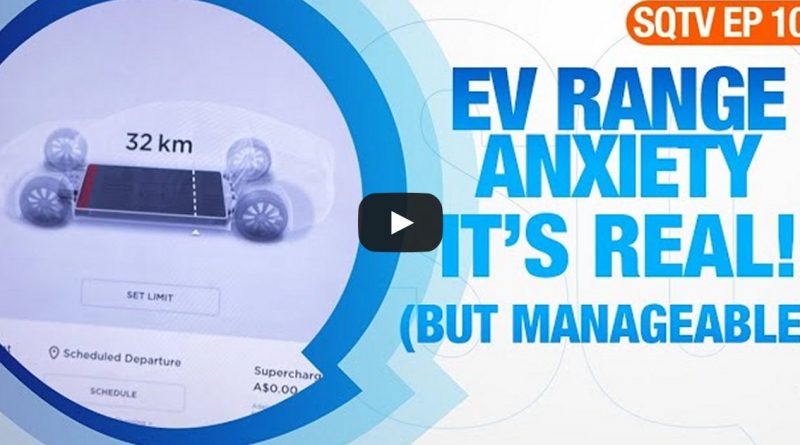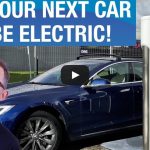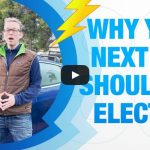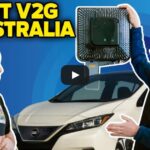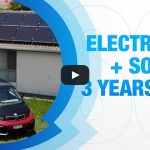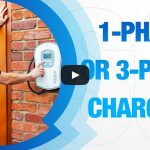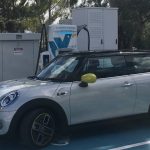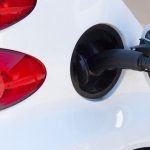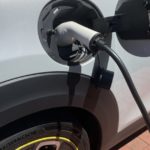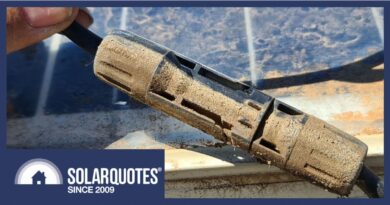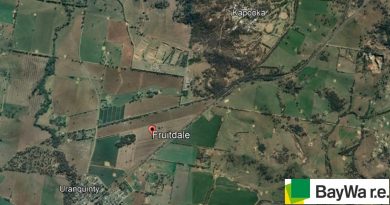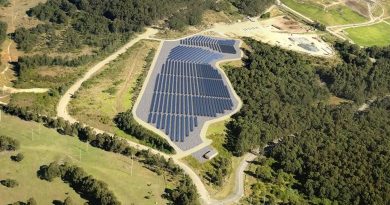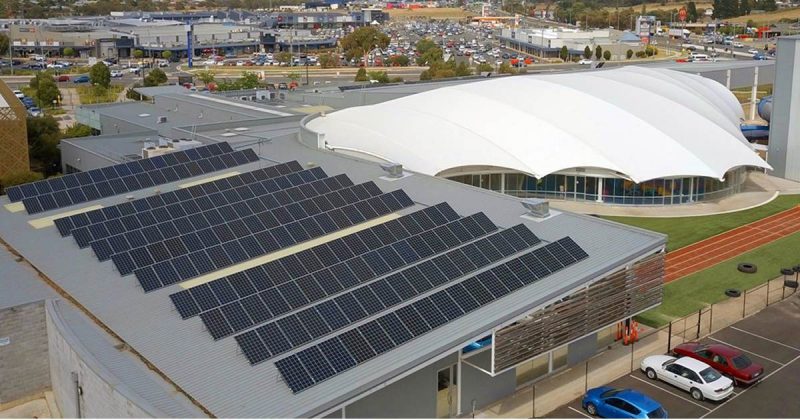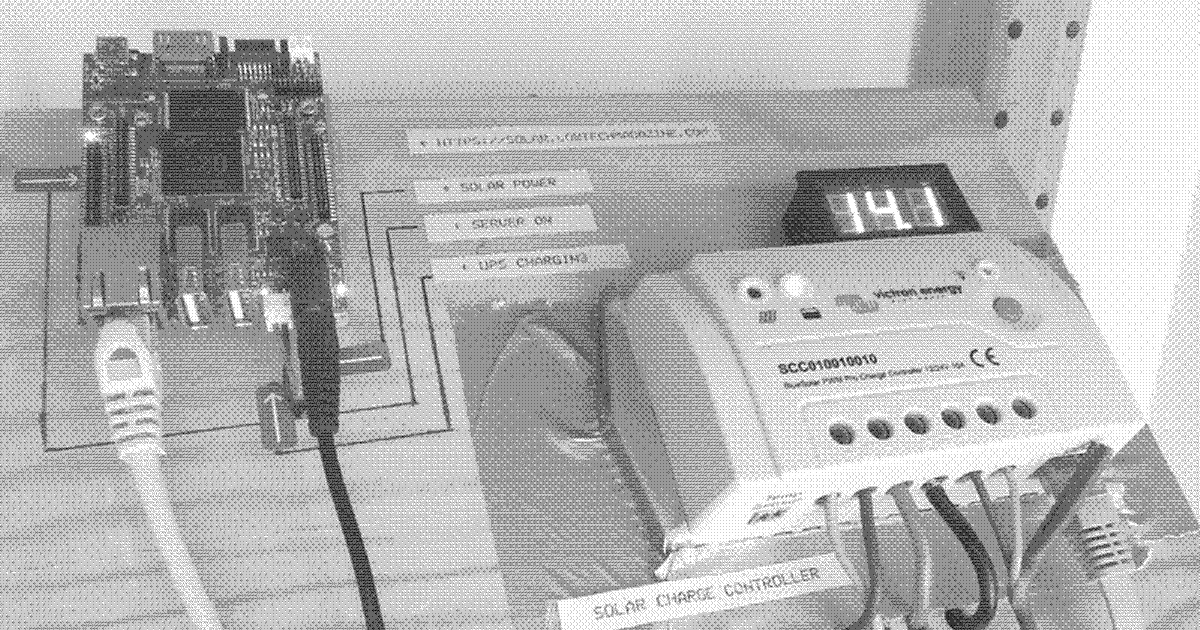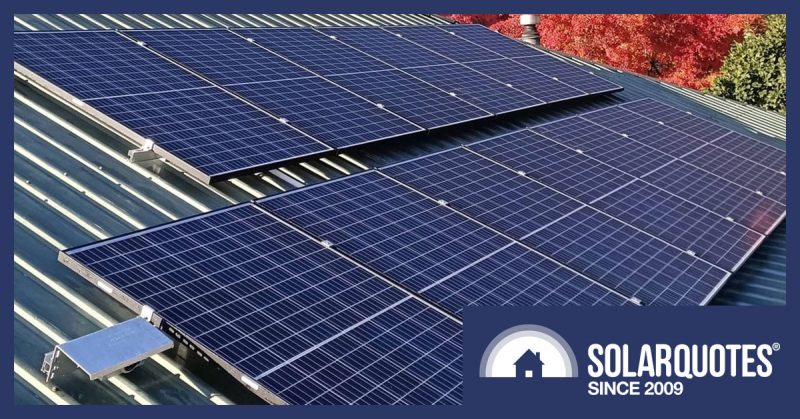EV Range Anxiety Test: 2,000km Tesla Trip In Australia
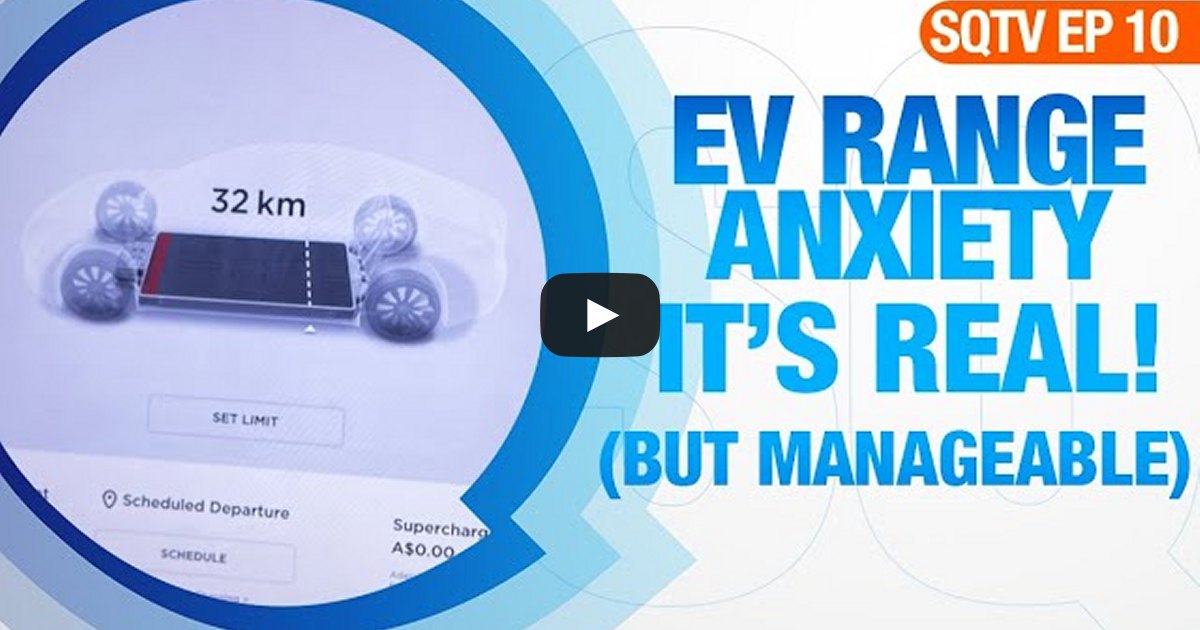
[embedded content]
Can a Tesla electric car cover long distances in Australia when rural travel is a big chunk of the journey? SolarQuotes Founder Finn Peacock found out in this EV field test.
Transcript begins —
Now onto this month’s field test. When it comes to potential sticking points for EV in Australia, this one ranks right up there: range anxiety. So, the question we’re asking in this field test is:
“Can my electric vehicle do the long distances I need it to, in Australia.”
In order to pick up a much desired new family member – Dynamo the dog – I put just that question to the test just before things went south in Victoria.
Here’s my story.
A 2,000 Kilometre EV Road Trip
So, recently my wife bought a beautiful new puppy, a bordoodle – cross between a border Collie and a poodle. The only problem was it was in Wodonga, Victoria; and we live in Adelaide, South Australia.
Lily – who’s behind the camera – and I are going to get a puppy from Wodonga – that’s a thousand kilometers away.
So, the car’s got 86% charge – let’s go.
That’s a 2,000 kilometre road trip. It can get pretty rural out there. There’s not a lot of charging options and we have to plan our trip. If we look on Google Maps, we want to go to Wodonga by the shortest route possible. It’s just under a thousand kilometres.
But we couldn’t go that route because we had to go via fast chargers. A fast charger is a charger that charges with DC electricity, typically tens of kilowatts, even up to say 150 kilowatts. And it whacks the electricity into your car really, really quickly, so you’re not hanging around too much on a long trip waiting for it to charge up.
The route we had to take was – our first stop was at Keith, South Australia; just near the South Australian Victoria border. Stop there to charge – that was the plan at the Tesla supercharger there. Then over the border into Victoria, stop at Horsham to charge; then along to Bendigo. And then finally we were going to go to Wodonga. So, we’ve added an hour onto our trip by having to go a slightly longer way.
Pulled into Horsham, then went to find the charger. Then there was a bit of a spanner in the works.
A Change In Charging Plans
We got a call from the lady that had the puppy, and she said she couldn’t meet us in Wodonga anymore for various reasons. She wanted to meet us in a place on the Victoria – New South Wales border called Cobram, which is much smaller than Wodonga.
Now the only problem with Cobram is it hasn’t got a Tesla supercharger there. But I thought, you know, no problem, change of plans, but we’ll charge overnight. And we pulled into Cobram. We had charge in the car, but unfortunately the motel we were staying at – yeah, it was a bit dodgy.
I had a look at the state of the sockets in the motel and I was not prepared to plug my charger in there and pull two kilowatts for 10 hours. I was fairly confident the wiring would overheat and I’d burn the motel down. So, we didn’t charge that night in Cobram.
We got up early, we drove to the RACV Cobram Resort. We knocked on the reception door and said, you know, pretty please, can we use your charger? They said, yeah, no worries – plug it in. But we did sit there for about two hours topping up, just so we’d have enough to get back to Bendigo.
It is a problem – the lack of charging infrastructure. It’s generally really good on the routes between cities, not even main cities. Tesla do a really, really good job. But if you want to go somewhere a bit out of the way like Cobram and the place you’re staying cannot charge your car overnight, you might get a bit stuck and you might have to spend a bit of time sitting around waiting for charge.
Running On (Nearly) Empty
And that’s how it went. We picked up the puppy in Cobram. And then we headed back to Adelaide. On the way back, the hairiest bit was actually driving between Horsham, Victoria and Keith in South Australia. It was pretty windy and although the car told us we had well over a hundred k’s to play with, by the time we rolled into Keith the clock on the Tesla was telling us we only had 32 kilometres of charge left.
Charged up at Keith, had another coffee at the wonderful coffee shop there and headed home to Adelaide in our EV with Dynamo the dog and Lulu in the back.
So, we did a 2,000 kilometre road trip in Australia. We weren’t exactly in the middle of civilization, and we managed fine. I was getting a bit nervous at times because I’m just not that used to running your fuel tank so low in a petrol car – a little bit of [heart palpitations] as as the battery went down and we’re in the middle of nowhere, but we got there.
There’s a supercharger about every 200 k’s; so you really want to make it to the next supercharger.
What will solve that problem? Simple: at the moment, we’re right at the beginning of the electric car transition in Australia and very, very soon, there’s going to be a DC fast charger at least every 50 kilometres. You get an electric car, go on a long trip and you’re not going to run out of charge if you’ve got half a brain.
It’s really pleasant – you stop every 300 kilometres for half an hour and you should be doing that anyway. Overall, it’s not a problem. And it’s only going to get easier.
— Transcript ends
This segment is from SolarQuotes TV – Episode 10 – The Ultimate Guide To Electric Vehicles. For more SQTV episodes and a bunch of other videos on everything solar power related, check out and subscribe to the SolarQuotes Youtube channel.
Original Source: https://www.solarquotes.com.au/blog/tesla-ev-range-test-mb2228/

